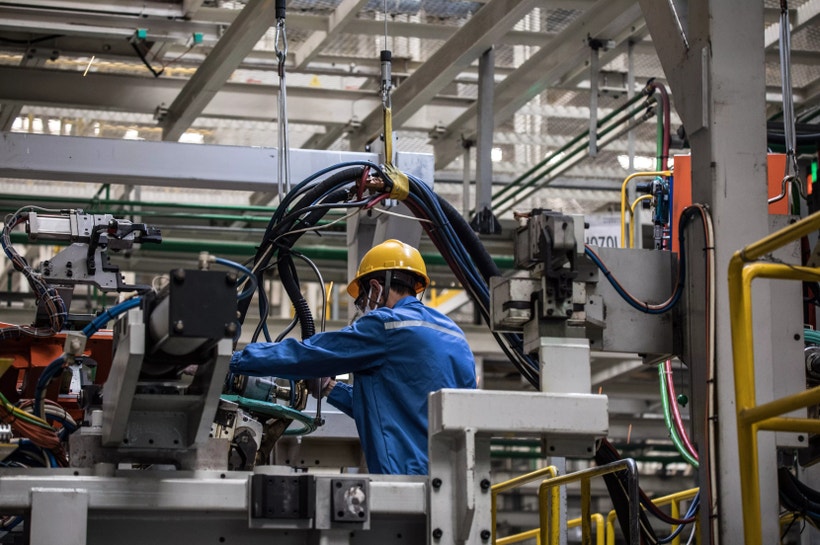Price of copper hits all-time high above $5.00

Key points
- Copper futures hit a new all-time high above $5.10/lb
- Growing demand for the industrial metal has bolstered global demand to new heights
- The 3-month correlation between copper and USD is -0.25
- The outlook for Copper is promising, but a cooling US economy could limit its upside
Copper opens the week above $5.10
Copper futures soared, hitting $5.10 per pound at the open on Sunday night and maintaining that high into Monday. This milestone represents new all-time highs for copper futures, indicative of strong market dynamics. This high is just the latest milestone in the surprising rally beginning in April, which hasn't looked back after surpassing $4.25.
How did the price of copper get so high?
Copper as an asset is distinctly different than precious metals like gold and silver because of its robust industrial uses. For this reason, variations in the price of copper can be seen as a barometer for global production and by extension, global economic health.
Copper and US dollar are often negatively correlated
While copper and the US dollar generally have an inverse correlation, the relationship isn't as straightforward as with precious metals - making their relationship historically weaker. Copper's extensive use in goods means its price dynamics can be different. Nonetheless, since copper is priced in USD, any fluctuation in the value of the dollar impacts copper prices indirectly. The 3-month correlation between the US dollar and copper futures is currently -0.25.
Where can markets go from here?
Speculation around the copper market is highly forward-looking, with analysts focusing on future demands from electric vehicles (EVs) and AI technology, as well as corporate commitments to zero carbon emissions — settings where copper is essential. If the anticipated growth materializes, copper demand is expected to surpass supply. However, there remains skepticism about the feasibility of these ambitious goals. On a broader macroeconomic level, production in the US and Europe is decelerating as inflation eases, while China is just starting to pick up pace. A continued slowdown in major economies might reduce pressure on copper demand.
The strength of the US dollar is tied closely to America's relative economic performance, suggesting that its movements could be independent of the global copper market. Given China's significant role in copper demand, its economic activities are crucial to monitor. For insights into the economic ties between China and the dollar, traders should watch the AUD/USD pair, as Australia counts China as its largest export market.
How to trade US dollar
- Open an account to get started, or practice on a demo account
- Choose your forex trading platform
- Open, monitor, and close positions on USD pairs
Trading forex requires an account with a forex provider like tastyfx. Many traders also watch major forex pairs like EUR/USD and USD/JPY for potential opportunities based on economic events such as inflation releases or interest rate decisions. Economic events can produce more volatility for forex pairs, which can mean greater potential profits and losses as risks can increase at these times.
You can help develop your forex trading strategies using resources like tastyfx’s YouTube channel. Once your strategy is developed, you can follow the above steps to opening an account and getting started trading forex.
Your profit or loss is calculated according to your full position size. Leverage will magnify both your profits and losses. It’s important to manage your risks carefully as losses can exceed your deposit. Ensure you understand the risks and benefits associated with trading leveraged products before you start trading with them. Trade using money you’re comfortable losing.
This information has been prepared by tastyfx, a trading name of tastyfx LLC. This material does not contain a record of our trading prices, or an offer of, or solicitation for, a transaction in any financial instrument. You should not treat any opinion expressed in this material as a specific inducement to make any investment or follow any strategy, but only as an expression of opinion. This material does not consider your investment objectives, financial situation or needs and is not intended as recommendations appropriate for you. No representation or warranty is given as to the accuracy or completeness of the above information. tastyfx accepts no responsibility for any use that may be made of these comments and for any consequences that result. See our Summary Conflicts Policy, available on our website.

